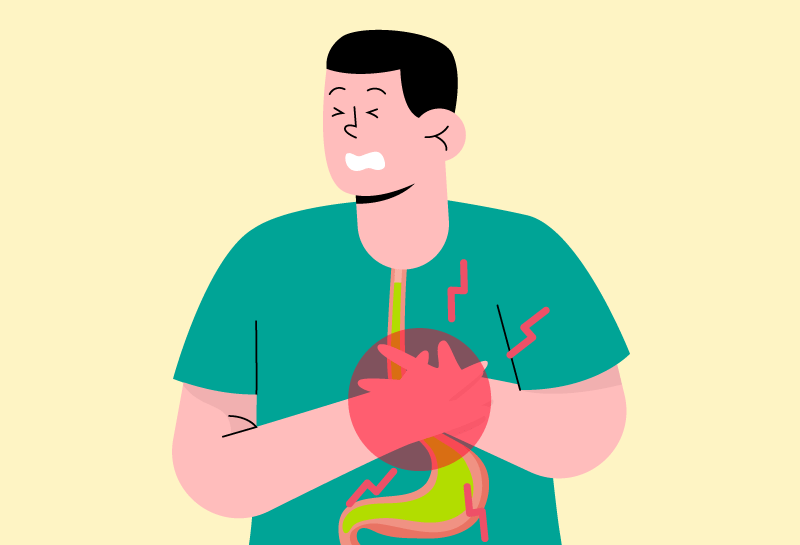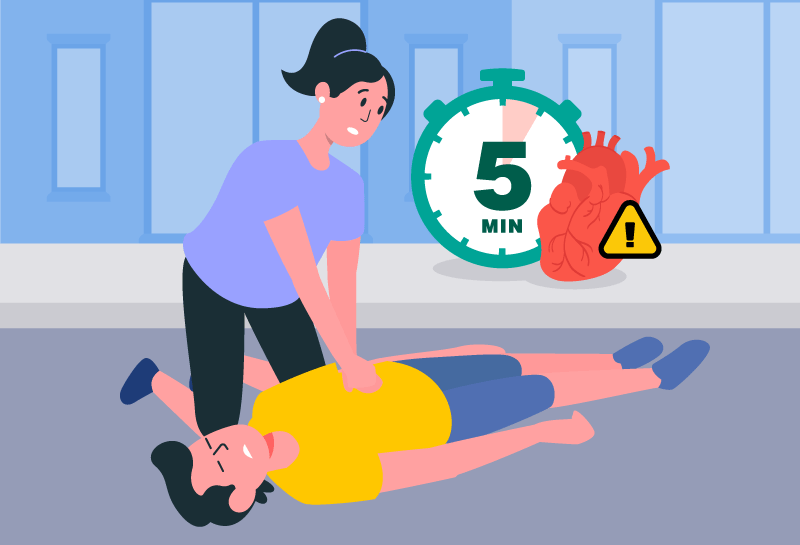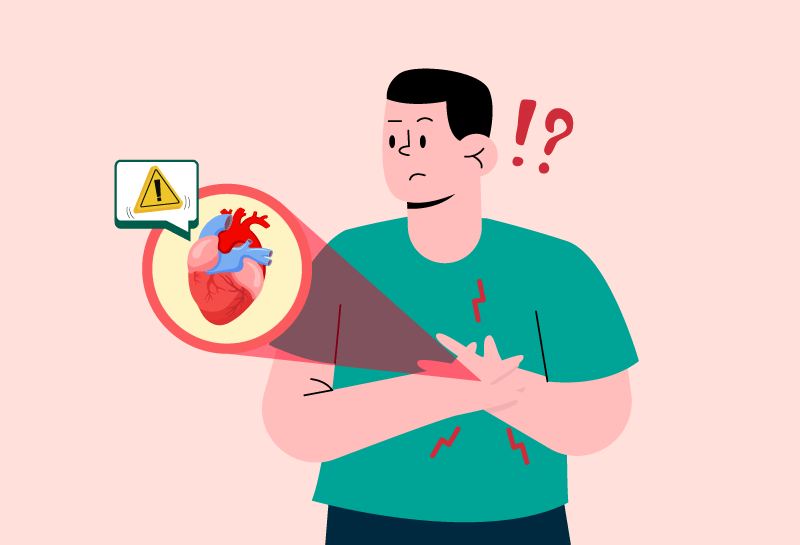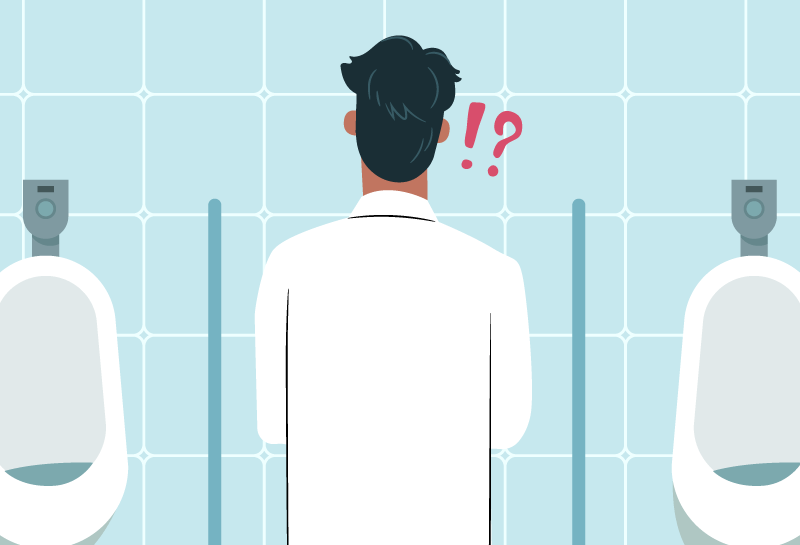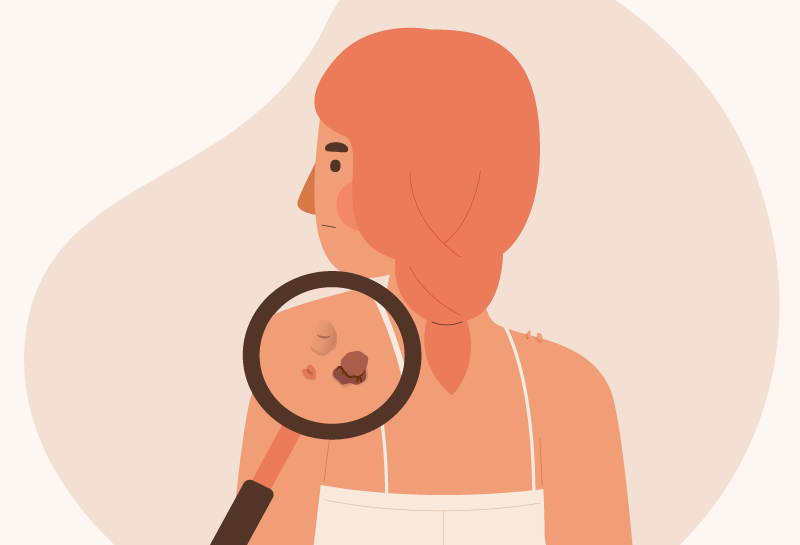It’s often easy to overlook the smallest changes in our health. Perhaps you notice a slight blur in your vision, see dark spots appearing from nowhere, or the occasional difficulty seeing clearly might seem harmless at first. For some, it’s easy to brush off as tired eyes or the result of too much screen time. But when it comes to diabetes, these subtle signs could be warning signals of something far more serious: diabetic retinopathy. It’s a condition that can gradually impair your eyesight, often without any clear symptoms until the damage is irreversible.
Diabetic retinopathy is a diabetes-related eye disease that gradually damages the retina, often without early warning signs. The most concerning part? Many people don’t realise they’re at risk or delay seeking help. As a result, the condition can progress silently, slowly impairing vision until it’s too late. The good news is that with the right knowledge and timely action, diabetic retinopathy is treatable, and vision loss is preventable.
With diabetes cases rising rapidly worldwide, awareness of diabetic retinopathy has never been more critical. According to the International Diabetes Federation (IDF) Diabetes Atlas 10th edition released in 2021, over 537 million adults aged 20 to 79 were living with diabetes, and this number is projected to rise to 783 million by 2045. As the prevalence of diabetes grows, so does the risk of diabetic-related complications like diabetic retinopathy. This makes early detection and public awareness essential to prevent vision loss and protect quality of life.
In this article, we explore what diabetic retinopathy is, address common misconceptions, outline its subtypes, and explain why early action is more important than ever. We also speak to an expert contributor, who shares insights and tips for managing the condition before irreversible damage occurs.
What is diabetic retinopathy?
Diabetic retinopathy is an eye condition caused by damage to the blood vessels in the retina, the light-sensitive tissue at the back of the eye. Over time, high blood sugar levels associated with diabetes can weaken these tiny blood vessels, causing them to leak fluid, swell, or trigger the growth of abnormal new blood vessels, all of which can threaten vision.
But it doesn’t always stop there. If left untreated, diabetic retinopathy can lead to blindness. That’s why the condition deserves much more attention than it often receives.

EXPERT INSIGHT
Dr Fong explains that diabetic retinopathy is broadly categorised into two main stages, each affecting vision in different ways:
-
Non-Proliferative Diabetic Retinopathy (NPDR)
This is the early stage of the disease, where blood vessels in the retina begin to weaken and leak fluid or blood. The condition is further classified into mild, moderate, and severe stages, depending on the extent of damage visible in the retina. Common signs include microaneurysms, haemorrhages, and retinal swelling (oedema). In this stage, vision may not be significantly affected, but if left untreated, it can progress to more severe stages.
-
Proliferative Diabetic Retinopathy (PDR)
The disease advances, new, fragile blood vessels begin to form in an attempt to supply oxygen to the retina. This process, known as neovascularisation, can lead to bleeding (vitreous haemorrhage) and scarring. These abnormal blood vessels can cause serious complications such as retinal detachment, which can result in significant vision loss or even blindness.
In addition to these stages, there is also Diabetic Macular Oedema (DME), which can occur at any stage of diabetic retinopathy. DME specifically affects the macula, the central part of the retina responsible for sharp, central vision. As fluid accumulates in the macula, it can cause blurry or distorted vision. Notably, vision loss from DME is more common in younger adults with diabetes and is a significant cause of vision impairment.
Common misconceptions about diabetic retinopathy
Misconceptions about diabetic retinopathy continue to hinder the awareness of its severity. Here are some of the most common myths, and the facts that dispel them.
Misconception #1:
“I don’t have symptoms, so I’m fine.”
Diabetic retinopathy often develops gradually and may not cause noticeable symptoms in its early stages. However, this doesn’t mean your eyes are unaffected. Damage to the retinal blood vessel can progress silently. Regular comprehensive eye exams, including dilation, are essential to detect early signs before vision is compromised.
Misconception #2:
“I’m too young to have diabetic retinopathy.”
Diabetic retinopathy doesn’t discriminate by age. While it’s more common in older adults, people of all ages with diabetes can develop this condition, especially if they’ve had diabetes for a long time. Early onset or poorly managed diabetes significantly increases the risk.
Misconception #3:
“Only people with poorly controlled diabetes need to worry.”
While poor controlled blood sugar does increase the risk of diabetic retinopathy, the condition can still develop in individuals with well-managed diabetes. That’s why everyone with diabetes, regardless of how well their blood sugar is controlled, should have annual comprehensive eye exams to catch any early signs of damage.

EXPERT INSIGHT
One of the most prevalent misconceptions is the belief that traditional or alternative medicines can effectively treat diabetic retinopathy. However, the reality is that diabetic retinopathy can only be controlled through proper blood sugar management, a healthy diet, and, most importantly, early detection.
Why managing diabetes is crucial
Controlling diabetes is one of the most important steps in preventing diabetic retinopathy. High blood sugar levels can affect nearly every part of the body, including the eyes. Yet many people aren’t fully aware of how diabetes impacts vision. Here are some key implications that often go unrecognised:
- Damage beyond the eyes
Diabetes is notorious for its long-term complications affecting the heart, kidney damage, and nerves. However, its impact on the eyes is often overlooked. Chronically high blood sugar levels can damage blood vessels throughout the body, including the delicate vessels in the eyes, This can led to conditions such as diabetic retinopathy, cataracts, and glaucoma, all of which can threaten vision if not properly managed.
- Elevated risk for vision loss
If you have diabetes, you are more at risk for serious vision problems than those without the condition. Diabetic retinopathy is one of the leading causes of blindness in working-age adults worldwide. The longer you have diabetes and the less controlled your blood sugar is, the greater your risk of developing retinopathy and other eye-related complications.
- Diabetes and vision complications often go hand-in-hand
Studies show that the longer a person lives with diabetes, the greater their risk of developing diabetic retinopathy. In fact, more than 28% of individuals who have had diabetes for over 20 years are affected. This makes regular eye exams a crucial part of long-term diabetes management.
When should you take action?
Don’t wait for vision problems to appear before acting. If you have diabetes, you should have a comprehensive eye exam at least once a year, even if you don’t experience any symptoms. Early detection is key to managing diabetic retinopathy and preventing severe complications.
Here are some of the signs you should never ignore:

Blurred vision that doesn’t go away

Floaters (Small dark spots or squiggly lines that drift across your field of vision)

Night blindness or difficulty seeing in dim light

Sudden loss of vision or the appearance of dark or shadowy spot
If you notice any of these signs, don’t wait. See an ophthalmologist immediately.

EXPERT TIP
Dr Fong highlights that even if blood sugar levels are well-controlled, several other factors can increase the risk of diabetic retinopathy. These include age, body weight, and family history. As people age, the risk of developing diabetic retinopathy increases, regardless of blood sugar control. Additionally, being overweight can exacerbate the effects of diabetes on the eyes, while a family history of diabetic retinopathy can also elevate the risk. Regular eye exams and proactive management of these risk factors are essential for protecting vision.
How is diabetic retinopathy diagnosed?
You can’t rely on symptoms alone. The only way to diagnose diabetic retinopathy is through a comprehensive eye exam, which may include the following:

Dilated eye exam
Your eyes will be dilated with drops so the doctor can examine the retina more clearly and in greated detail.

Fundus photography
A specialised camera captures detailed images of the retina to document and monitor any changes over time.

Fluorescein angiography
This test uses a special dye to highlight the blood vessels in your retina and identify any leakage or abnormal growth.
If you’ve been living with diabetes, make it a priority to schedule a visit with an ophthalmologist.

EXPERT INSIGHT
The treatment for diabetic retinopathy varies based on the stage and severity of the disease. Here’s an overview of the current approaches:
-
Early stage (Non-Proliferative Diabetic Retinopathy)
At this stage, the key to managing the disease is controlling blood sugar, blood pressure, and cholesterol. These efforts can slow the progression of retinopathy. Regular monitoring by ophthalmologists, with eye exams typically conducted every 6–12 months, is crucial to monitor any changes in the retina and ensure timely intervention.
-
Advanced stages (Proliferative Diabetic Retinopathy or Diabetic Macular Oedema)
In more advanced stages, the following treatments are often used:
- Anti-VEGF injections (e.g., ranibizumab, aflibercept): These medications block the growth of abnormal blood vessels and reduce swelling in the retina, helping to preserve vision.
- Laser photocoagulation: This procedure uses targeted laser light to seal leaking blood vessels or shrink abnormal vessels, helping to prevent further complications and preserve vision.
- Vitrectomy surgery: In cases where there is significant bleeding into the eye or retinal detachment, this surgical procedure removes the vitreous gel to clear the space and address the underlying damage.
Prevention: The key to protecting your vision
The best way to protect your eyes from diabetic retinopathy is through prevention. The steps are simple, but they require consistency and commitment:

Control your blood sugar
Keeping your blood sugar levels stable is the most important step in preventing diabetic retinopathy.

Regular eye exams
Get eyes checked yearly, especially if you have diabetes.

Keep your blood pressure and cholesterol in check
Hypertension (high blood pressure) and hypercholesterolemia (high cholesterol) can exacerbate diabetic retinopathy, so managing these is key.

Healthy lifestyle choices
Eat a balanced diet, stay active, and avoid smoking as all of which can help reduce your risk.
Diabetic retinopathy is a serious but manageable condition. By understanding the risks, recognising early signs, and taking prompt action, you can protect your vision. If you have diabetes, don’t wait for symptoms, and make eye health a regular part of your care.
Your eyes are your connection to the world. Don’t let diabetes take that away.
This article has been written by Healthful For You and does not represent the opinions, views, or endorsements of the Expert Contributor of this article. The Expert Contributor has solely provided expert insights and tips for informational purposes. Any interpretations, conclusions, or statements beyond these contributions are those of the author and do not reflect the views of the expert contributor. This content is intended for informational purposes only and should not be considered as medical, legal, or professional advice.



 Copied
Copied













 15 mins read
15 mins read 